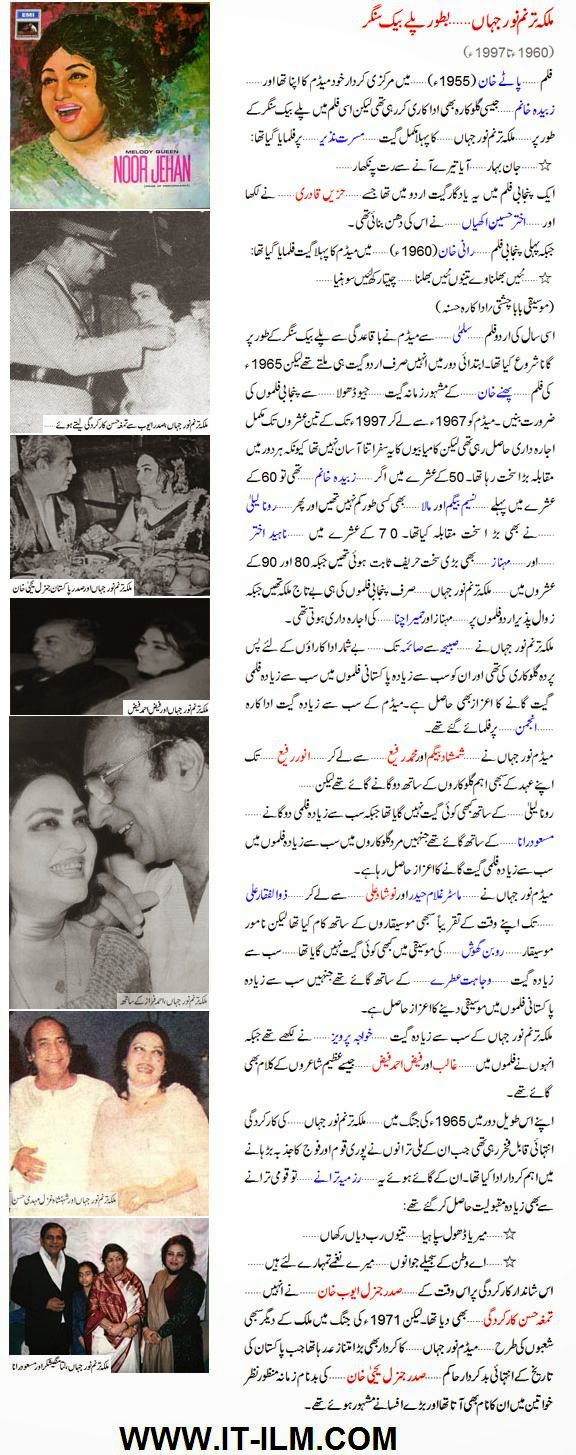Sub Inspectors Jobs In Punjab Police 2015


DISTRICT / REGION WISE NUMBER OF
POSTS
QUALIFICATION:
Graduate (second division or equivalent Grade) from a recognized
University.
PAY:
BS-14.
AGE:
20 to 25 on 04-02-2015.
GENDER: Both Male & Female.
DOMICILE:
Candidates domiciled in their respective Districts.
MINIMUM PHYSICAL STANDARD:
The candidates with the following minimum Physical Standard shall be eligible to
apply.
a) Height (For Male)
5′ feet and 7” inches. (170.18 cm)
b) Height (For Female)
5′ feet and 2” inches. (157.48 cm)
c) Chest (For Male candidates only)
33” x 34½” inches. (83.82 x 87.63 cm)
d) Visual Standard (Distant & Near Vision) for both Male
and Female
Distant vision
6/9 in each eye with or without glasses
Near vision not less than “J-1”.
(N-5) for both male and female
Candidates are required to mention
Physical standard in their online application form as per Certificate of
Physical Standard obtained from the MEDICAL SUPERINTENDENT of the District
Headquarter Hospital or Services Hospital, Lahore or DHQ Hospital from
respective Regions.
Relaxation in underage /
upperage, qualification and Physical Standard shall
not be granted in any case.


PUNJAB
POLICE DEPARTMENT
POLICE DEPARTMENT
SR. NO.21
RECRUITMENT TO 200 POSTS (TEMPORARY LIKELY TO BE MADE PERMANENT) OF
SUB INSPECTORS
(BS-14) (INCLUDING 31 POSTS
RESERVED FOR FEMALE AND 11 POSTS RESERVED FOR MINORITIES) IN THE PUNJAB POLICE
DEPARTMENT.
RECRUITMENT TO 200 POSTS (TEMPORARY LIKELY TO BE MADE PERMANENT) OF
SUB INSPECTORS
(BS-14) (INCLUDING 31 POSTS
RESERVED FOR FEMALE AND 11 POSTS RESERVED FOR MINORITIES) IN THE PUNJAB POLICE
DEPARTMENT.
DISTRICT / REGION WISE NUMBER OF
POSTS
Case No |
Region |
Districts |
Vacancies |
|||
Female (15%) |
Minorities (5%) |
Open merit |
Total |
|||
03-D/2015 |
Lahore |
Lahore
|
05 |
02 |
26 |
33 |
04-D/2015 |
Sheikhupura |
(i)
Sheikhupura (ii) Nankana Sahib
(iii)
Kasur |
00 |
00 |
03 |
03 |
05-D/2015 |
Gujranwala |
(i)
Gujranwala (ii) Sialkot (iii) Narowal (iv) Hafizabad (v) M.B. Din (vi) Gujrat |
10 |
03
|
51 |
64 |
06-D/2015 |
Rawalpindi |
(i)
Rawalpindi (ii) Attock (iii) Chakwal (iv) Jhelum |
04 |
01 |
23 |
28 |
07-D/2015 |
Sargodha |
(i)
Sargodha (ii) Bhakkar (iii) Khushab (iv) Mianwali |
01 |
00 |
03 |
04 |
08-D/2015 |
Faisalabad |
(i)
Faisalabad (ii) T.T. Singh (iii) Jhang (iv) Chiniot |
02 |
01 |
11 |
14 |
09-D/2015 |
Sahiwal |
(i)
Sahiwal (ii) Pakpattan (iii) Okara |
02 |
01 |
10 |
13 |
10-D/2015 |
Multan |
(i)
Multan (ii) Khanewal (iii) Lodhran (iv) Vehari |
02 |
01 |
10 |
13 |
11-D/2015 |
Bahawalpur |
(i)
Bahawalpur (ii) R.Y. Khan (iii) Bahawalnagar |
03 |
01 |
13 |
17 |
12-D/2015 |
DG Khan |
(i)
D.G. Khan (ii) Muzaffargarh
(iii)
Rajanpur (iv) Layyah |
02 |
01 |
08 |
11 |
Total posts |
31 |
11 |
158 |
200 |
||
QUALIFICATION:
Graduate (second division or equivalent Grade) from a recognized
University.
PAY:
BS-14.
AGE:
20 to 25 on 04-02-2015.
GENDER: Both Male & Female.
DOMICILE:
Candidates domiciled in their respective Districts.
MINIMUM PHYSICAL STANDARD:
The candidates with the following minimum Physical Standard shall be eligible to
apply.
a) Height (For Male)
5′ feet and 7” inches. (170.18 cm)
b) Height (For Female)
5′ feet and 2” inches. (157.48 cm)
c) Chest (For Male candidates only)
33” x 34½” inches. (83.82 x 87.63 cm)
d) Visual Standard (Distant & Near Vision) for both Male
and Female
Distant vision
6/9 in each eye with or without glasses
Near vision not less than “J-1”.
(N-5) for both male and female
Candidates are required to mention
Physical standard in their online application form as per Certificate of
Physical Standard obtained from the MEDICAL SUPERINTENDENT of the District
Headquarter Hospital or Services Hospital, Lahore or DHQ Hospital from
respective Regions.
Relaxation in underage /
upperage, qualification and Physical Standard shall
not be granted in any case.



















.jpg)







